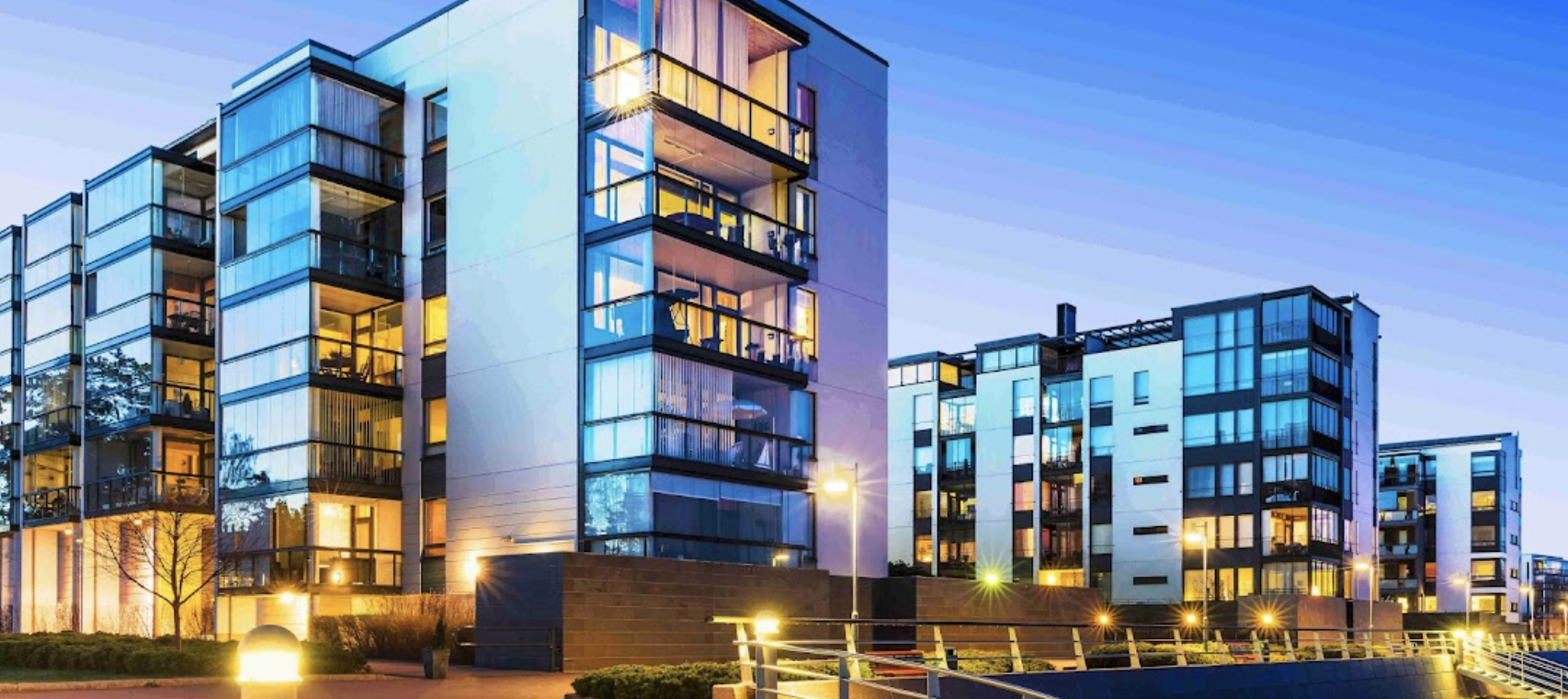hmo finance handbook
HMO mortgage lenders will typically take rental income into consideration. This can dramatically increase the mortgage amount. HMO mortgages can offer variable and tracker rates. LTV rates are usually set at 80% LTV. Rates that offer attractive rates come with higher deposits and lower LTVs.

